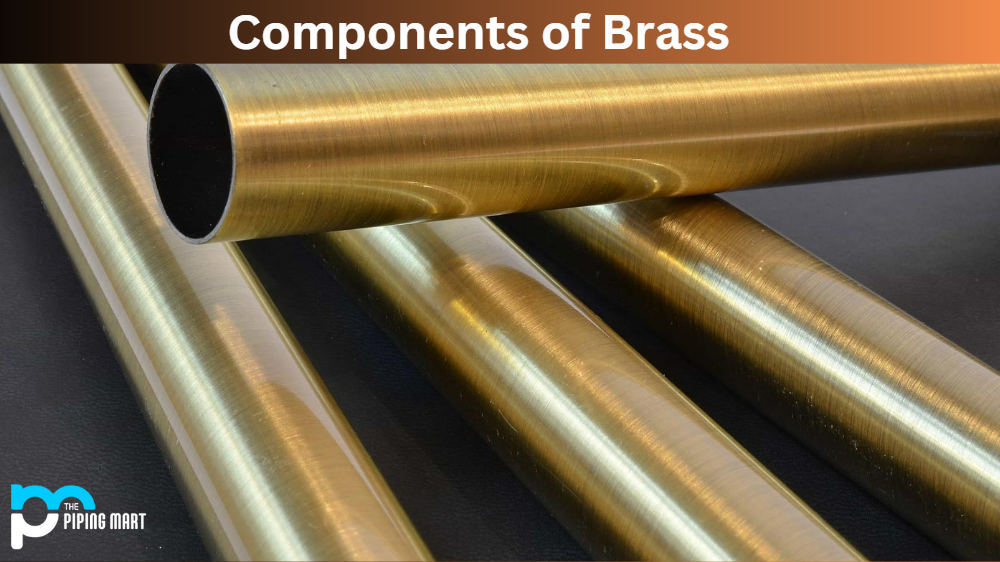Brass is an alloy made up of copper and zinc that has been used for centuries in building, engineering, and decorative applications. It is highly valued for its strength, malleability, and resistance to corrosion. Let’s take a closer look at the components of brass and how they come together to create this versatile alloy.
Components of Brass
Brass is composed primarily of two metals – copper and zinc. Copper is the main component, accounting for between 55-95% of the alloy, depending on its intended use. Zinc makes up the other 5-55%. Other metals such as aluminum, manganese, nickel, and silicon may also be added in small quantities to achieve specific properties in the finished product.
Properties of Copper
Copper has been used throughout history for its malleability and ability to conduct electricity. It is also one of the most abundant elements on Earth, making it a great choice for various applications. In brass alloys, copper provides strength, corrosion resistance, and a range of colors from golden yellow to reddish brown, depending on how much zinc is present.
Properties of Zinc
Zinc plays an important role in brass alloys as it adds strength without compromising malleability or corrosion resistance. It also gives brass its characteristic silvery white color, which can range from light gray to almost black, depending on how much zinc is present. The addition of zinc can also increase the alloy’s durability, which makes it ideal for outdoor or industrial use.
Conclusion:
Brass is one of the oldest known alloys with a long history of use in both decorative and practical applications due to its strength, malleability, and corrosion resistance. Its primary components are copper and zinc, which combine to create this unique metal with a range from golden yellow to reddish brown or silvery white depending on their proportions in the alloy. When seeking out quality brass products or materials, it’s important to understand what properties you need them to possess so you can choose an alloy that best suits your application’s requirements. With this comprehensive guide, you should now be able to make more informed decisions when selecting brass components for your project or application!
Sakshee is a talented blogger, with a particular focus on the Business and Metal Industry. She is passionate about sharing her insights on various metal products and helping professionals to make a better decisions.




